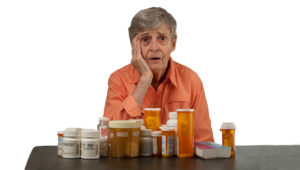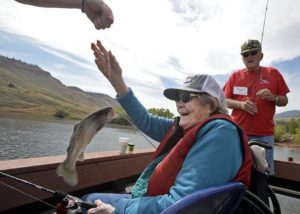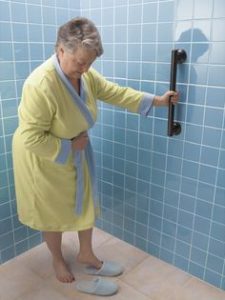by Richard J. Hodes, M.D., Director, National Institute on Aging, National Institutes of Health
The FDA’s approval of the Biogen-Eisai drug, aducanumab, marks a milestone achievement in Alzheimer’s disease research. This drug is the first approved treatment shown to slow progression of this disease. It is also a reflection of the years of research and momentum we see in Alzheimer’s research more broadly.
FDA approved aducanumab to treat patients with Alzheimer’s using the Accelerated Approval pathway, under which the agency “approves a drug for a serious or life-threatening illness that may provide meaningful therapeutic benefit over existing treatments when the drug is shown to have an effect on a surrogate endpoint that is reasonably likely to predict a clinical benefit to patients and there remains some uncertainty about the drug’s clinical benefit.” FDA further stated that “at the end of the day, we followed our usual course of action when making regulatory decisions in situations where the data are not straightforward.”
The FDA also stated that “approval is based on a surrogate or intermediate clinical endpoint (in this case reduction of amyloid plaque in the brain).” Additionally, “drug companies are required to conduct post-approval studies to verify the anticipated clinical benefit. These studies are known as phase 4 confirmatory trials. If the confirmatory trial does not verify the drug’s anticipated clinical benefit, FDA has regulatory procedures in place that could lead to removing the drug from the market.”
NIA thanks the many individuals who have participated in the clinical trials that have led us to this point. Advancements like this underscore the enormous importance of participating in clinical trials, today and in the future.
While the NIH provided no direct support for the drug development of aducanumab, our years of funding have been integral to this and other promising therapeutic approaches to treating Alzheimer’s disease. For example, NIA supported basic science investigations behind the discovery of immunotherapies like aducanumab, as well as translational research for next-generation immunotherapies. Additionally, the selection of participants for aducanumab clinical trials hinged on amyloid PET imaging, a technology that would not exist today without the publicly funded research supported by the NIA.
Today’s announcement is indeed significant, yet the work does not end here. Bolstered by significant investments in this research in recent years, NIA will continue to press forward with its robust and diverse research portfolio in the area of therapy development, building on the advancements we have achieved thus far. We will continue to evolve our understanding about Alzheimer’s and to develop more ways to detect, treat, and prevent this disease. We’re closer than ever to living in a world in which this condition may not take the enormous toll it does today.


